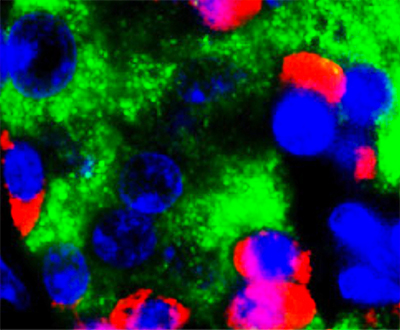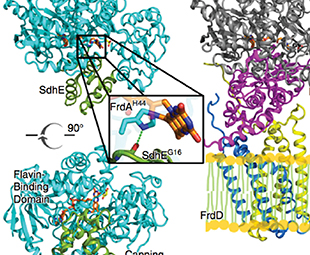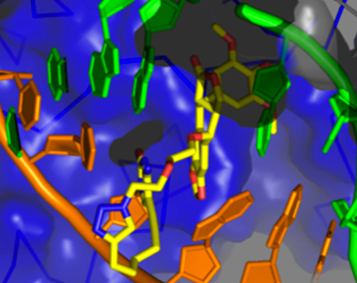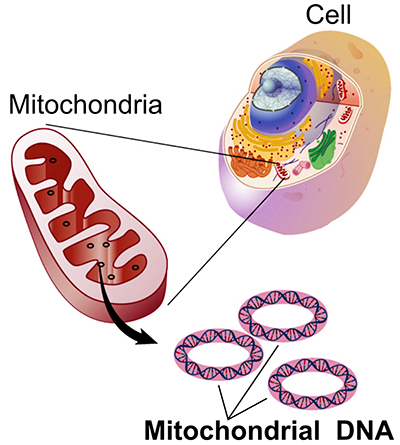Guest
-

Cholesterol’s Role in the Response to Graphene
Cholesterol’s Role in the Response to Graphene Due to its interesting array of physical and chemical properties, graphene is the focus of exciting new applications in biomedical research, drug delivery, neuroprosthetics, and tissue engineering. However, little is known about how graphene interacts with cells or its potential toxicity. Prior… Read MoreMar. 7, 2018
-

Modulating Somatostatin in the Islet
Modulating Somatostatin in the Islet As the major hormone-producing cells of the pancreatic Islets of Langerhans, the insulin-secreting β-cells and glucagon-secreting α-cells are the primary modulators of glucose homeostasis. However, through the production of somatostatin, which suppresses the secretion of both insulin and glucagon, the δ-cells play an equally… Read MoreMar. 7, 2018
-

New endowed chair recipients honored
Nine Vanderbilt University faculty members named to endowed chairs were honored during a celebration at the Student Life Center on Feb. 28. Among them were Basic Sciences faculty Dai H. Chung (Carolyn Perot Rathjen Chair), Björn C. Knollmann (William Stokes Chair in Experimental Therapeutics), and Dan M. Roden, Sam L. Clark, M.D., Ph.D. Chair. Susan… Read MoreMar. 5, 2018
-

Path to Flavinylation
Flavin-containing cofactors play an important role in many enzymatic biochemical reactions that involve electron and/or group transfer. In some, but not all flavin-containing enzymes, the cofactor is covalently bound. This is not a trivial distinction, because covalent binding alters the redox potential of the flavin, a change frequently required… Read MoreFeb. 26, 2018
-

Targeting Topoisomerase II Inhibitors
Targeting Topoisomerase II Inhibitors Topoisomerases are critical enzymes during DNA replication and transcription, as they are responsible for untangling the knots and twists that can form as DNA is unwound and rewound during these processes. Type II topoisomerases accomplish this task by making a temporary double stranded break… Read MoreFeb. 26, 2018
-

Targeting Topoisomerase II Inhibitors
Targeting Topoisomerase II Inhibitors Topoisomerases are critical enzymes during DNA replication and transcription, as they are responsible for untangling the knots and twists that can form as DNA is unwound and rewound during these processes. Type II topoisomerases accomplish this task by making a temporary double stranded break… Read MoreFeb. 26, 2018
-

Rosenthal awarded Herty Medal for achievements in chemistry, STEM education
Sandra Rosenthal, the Jack and Pamela Egan Professor of Chemistry and director of the Vanderbilt Institute for Nanoscale Science and Engineering, has been named the winner of this year’s Charles H. Herty Medal by the Georgia Section of the American Chemical Society. The award is given to recognize outstanding chemists in the… Read MoreFeb. 22, 2018
-

Brain Awareness events highlight mind’s wonders
Research on circadian rhythms, longevity and the brain’s pleasure system will be featured during this year’s Brain Awareness events sponsored by the Vanderbilt Brain Institute. The Vanderbilt Brain Institute’s Rebecca Ihrie, PhD, assistant professor of Cell and Developmental Biology and Neurological Surgery, has organized a course for this year’s Osher Lifelong… Read MoreFeb. 22, 2018
-

Mitochondrial mutations and disease
Mitochondria are cellular organelles with their own DNA. Their role in power generation makes them susceptible to oxidative damage, including the formation of DNA-damaging chemical complexes called adducts. While one such adduct, M1dG, is normally excised by cells from the genomic DNA, mitochondria apparently lack this repair mechanism. This month in… Read MoreFeb. 22, 2018
-

Focus on Mitochondrial DNA Damage
Focus on Mitochondrial DNA Damage DNA damage occurs constantly as a result of physical and chemical insults. Such insults include direct oxidation of the DNA or attack by reactive species generated by the oxidation of lipids. These reactions produce many forms of damage, among them an exocyclic adduct of… Read MoreFeb. 22, 2018